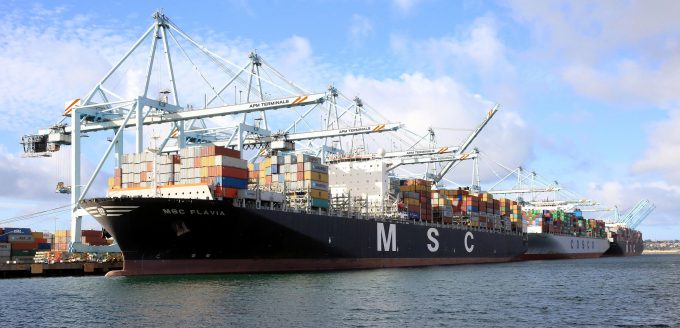Opposition builds for final hearing on US plan to tax Chinese box ship calls
US importers and shippers await the outcome of the final hearing on the new administration’s ...

Major port and landside congestion at US west coast ports could last until the summer peak season, according to ocean carriers attending the JOC’s virtual TPM21 conference this week.
Ocean Network Express (ONE) CEO Jeremy Nixon and Hapag-Lloyd CEO Rolf Habben Jansen both warned of a “difficult” period leading up to the start of the traditional peak season.
MSC’s US president and CEO, Fabio Santucci, said he believed the supply chain disruptions on the transpacific were “temporary issues”, which would be resolved ...
Volcanic disruption at Anchorage could hit transpacific airfreight operations
Macron calls for ‘suspension’ – CMA CGM's $20bn US investment in doubt
Forwarders stay cool as US 'liberation day' tariffs threaten 'global trade war'
Shippers snap up airfreight capacity to US ahead of tariff deadline
De minimis exemption on shipments from China to the US will end in May
Tighter EU import requirements proving 'a challenge' for forwarders
Looming Trump tariffs will create 'a bureaucratic monster' for Customs

Comment on this article